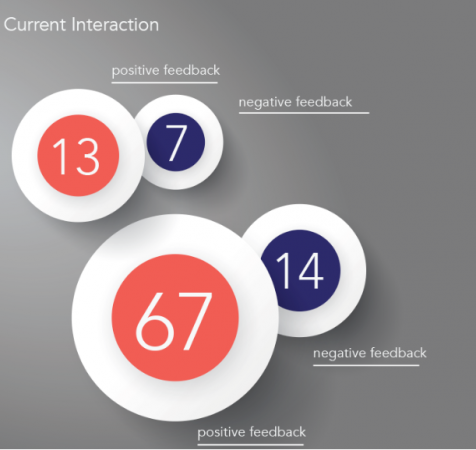In marketing research, as well as other forms of social, economic, and business research, interval and ratio data are king.
Yet, there is much that can be done with nominal and ordinal data. What makes interval and ratio data exciting is that they support a full range of statistical tests and transformations.
What Are Interval Data and Ratio Data?
Interval data and ratio data are two types of data used in statistical analysis. Both types of data allow for the measurement of variables on a scale, though they differ in the type of data that is collected and how the data can be compared.
What Is the Difference Between Interval and Ratio Data?
The difference between interval and ratio data is simple. Ratio data has a defined zero point, whereas interval data lacks the absolute zero point. Interval data is measured so that each value is placed at an equal distance from one another in a clear order, while ratio data uses absolute zero as a reference point for measurement.
Examples of Ratio Data
Ratio data can include variables like income, height, weight, annual sales, market share, product defect rates, time to repurchase, unemployment rate, and crime rate. As an analyst, you can say a crime rate of 10% is twice that of 5%, or annual sales of $2 million are 25% greater than $1.5 million. Ratio data can be transformed using logarithms, square roots, etc., to create ‘normal’ data.
Examples of Interval Data
Because interval data lacks the absolute zero point, it makes direct comparisons of magnitude impossible (e.g. A is twice as large as B). We can utilize averages and standard deviations with interval data, but again, we are limited in our ability to reference magnitude.
Interval data can include numerical data that does not use zero as a reference, such as age ranges, income ranges, IQ score ranges, temperature ranges, time spent, date ranges, and similar range-based data.
Speaking of intervals, there is a debate regarding psychometric scales and whether or not they are interval or ordinal data. Purists argue they are ordinal, but many marketing researchers have accepted them as interval, thus allowing the use of multivariate statistics.

Survey tools offer several ways to capture interval and ratio data. For example, we can ask a respondent to state their income or, in a B2B environment, a company’s annual sales. These figures can range from zero to infinity, which gives them ratio properties.
Numerical data collected in this fashion can be categorized, making it easier to create groups. For example, income collected on a survey in a numerical fashion can be collapsed into equal groups (e.g. deciles, quartiles, or terciles). Data collected in a categorical fashion, however, cannot be broken out.
Online survey platforms allow survey authors to generate scales (e.g. Likert) where categories are assigned values from 1–5, 1–7, 1–9, etc. Given the argument listed above, one can consider this data to be either ordinal or ratio.
A recent development is the use of scales that range from 0–10 or 0–100. These scales are commonly used to measure satisfaction, willingness to recommend (e.g. Net Promoter Score), or perceived economic conditions.
There are multiple question formats that can be used to generate interval and/or ratio data. These data types are rich in potential for insight but must be thought through carefully before deploying them on your survey.
Want more informative posts on feedback, surveys, and reporting? Click here.





